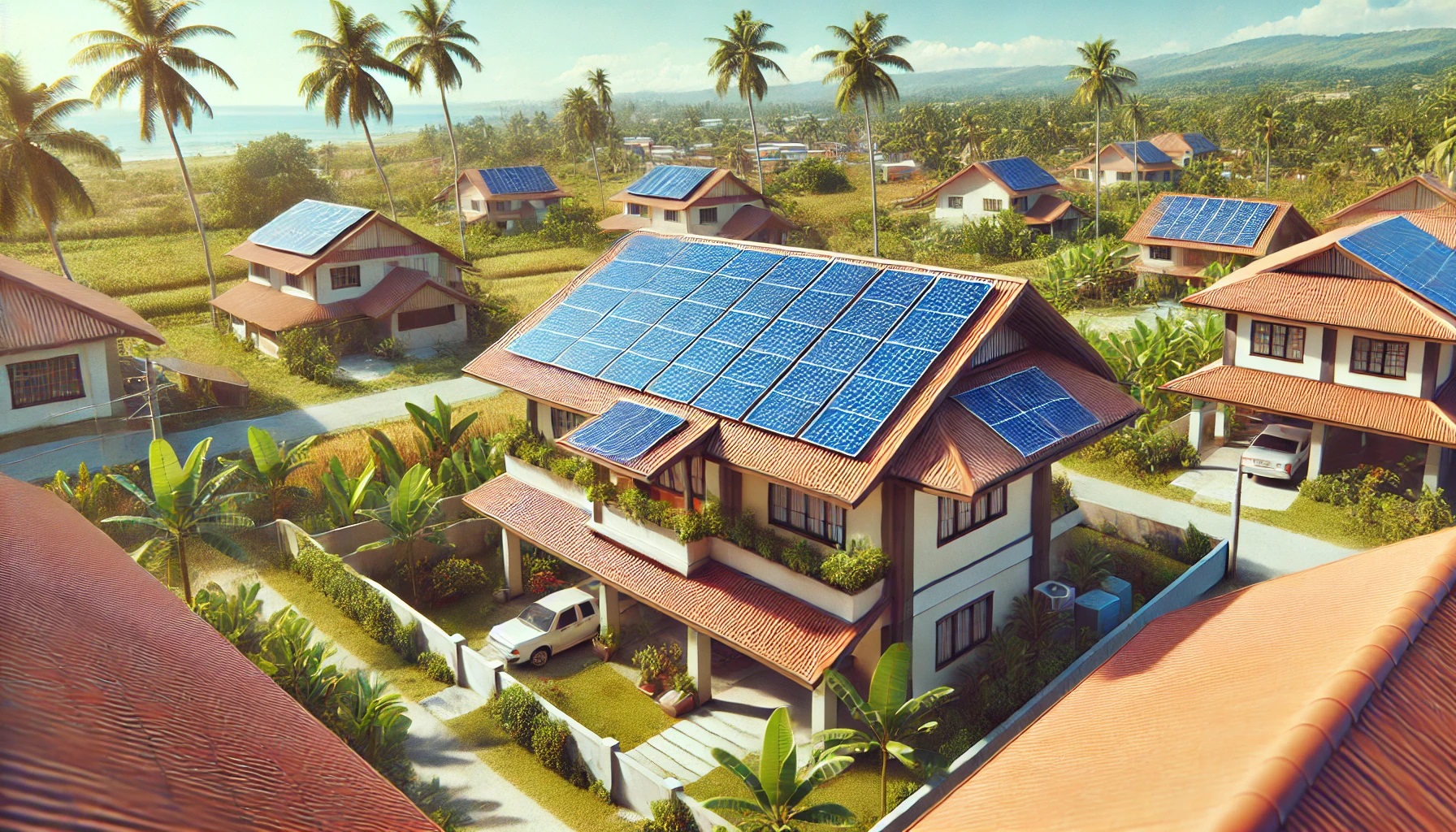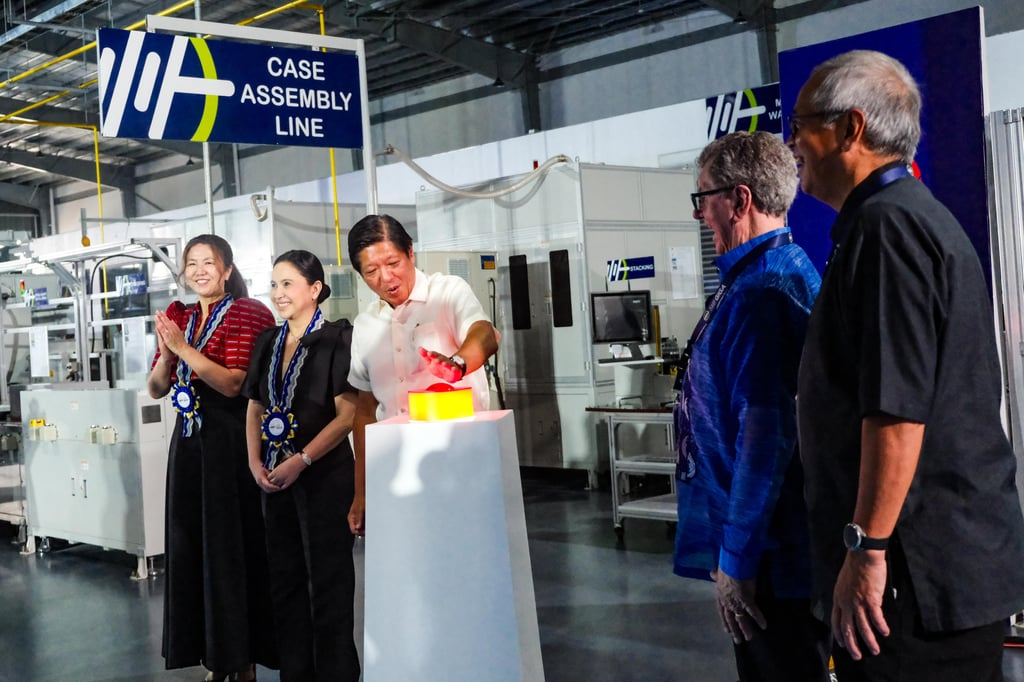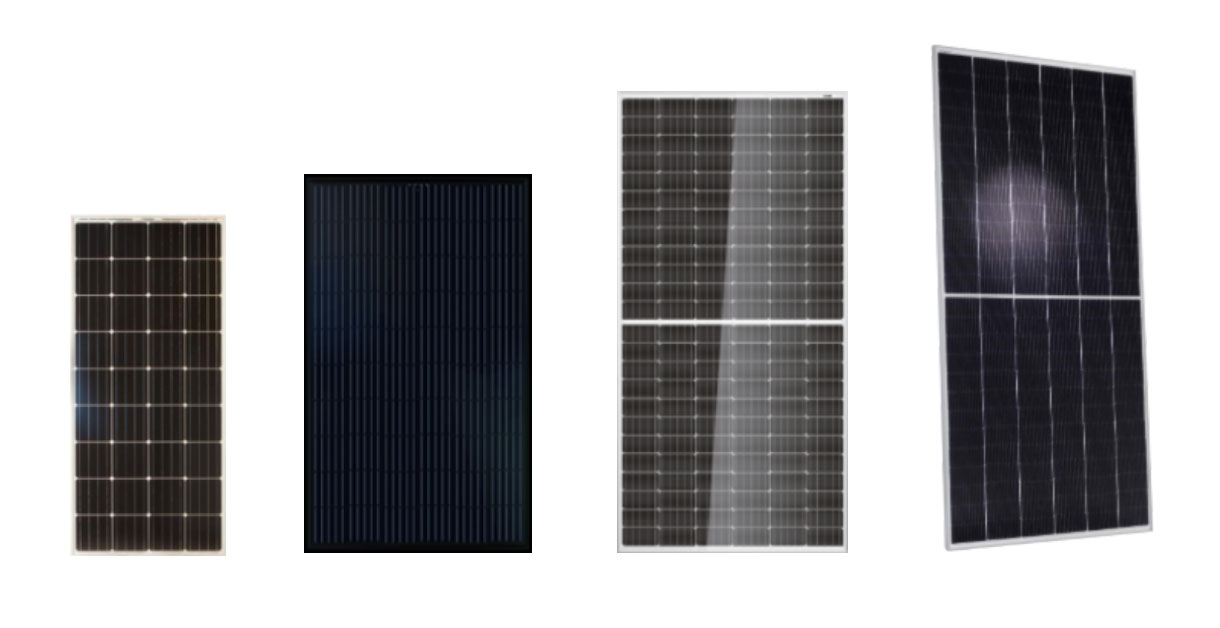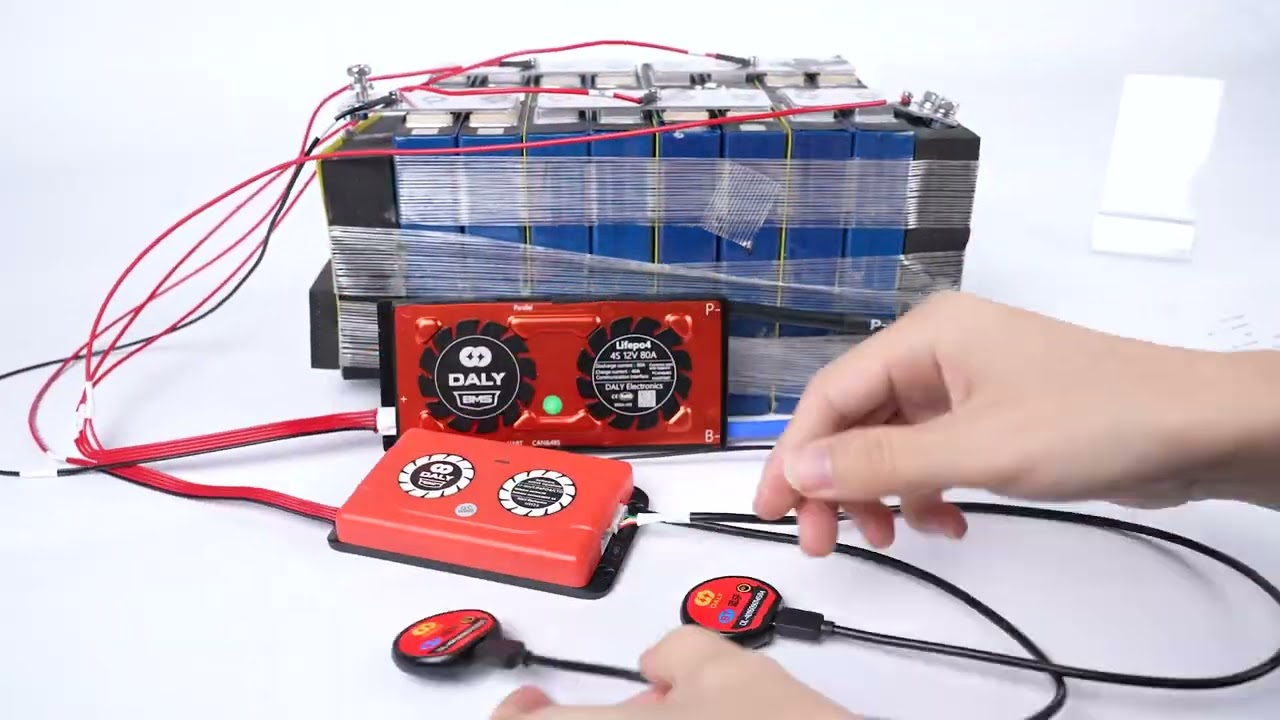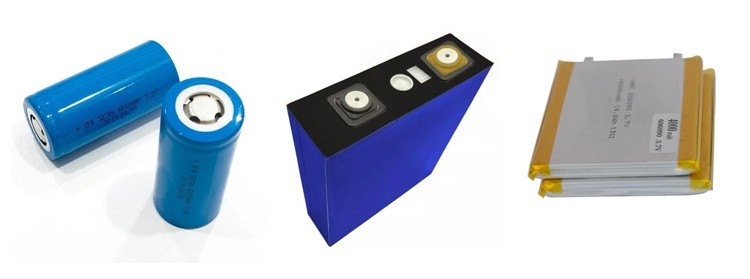5 common myths about solar power in the Philippines
Here are 5 common myths about solar power in the Philippines and the truth behind them:
1. Myth: Solar panels don’t work during cloudy or rainy days
- Truth: Solar panels still generate electricity even on cloudy or rainy days, though the output is lower than on sunny days. Solar panels are designed to absorb sunlight even in diffused light conditions, so they continue to produce energy, just not at full capacity. The Philippines, with its tropical climate, still receives plenty of sunlight year-round.
2. Myth: Solar power is too expensive for the average Filipino
- Truth: While the initial installation cost of solar panels can be high, prices have significantly dropped over the past decade. Additionally, government incentives like net metering and the long-term savings on electricity bills can make solar a more affordable and financially beneficial option in the long run. Some solar providers also offer financing options that spread the cost over several years.
3. Myth: Solar power is only for wealthy or large homes
- Truth: Solar power systems can be scaled to fit different budgets and home sizes. Small systems can power basic appliances like lights and fans, making solar accessible even for modest households. There are also affordable solar-powered gadgets like lights, chargers, and small appliances for those who don’t want to invest in a full system.
4. Myth: Solar panels require constant maintenance
- Truth: Solar panels are very low-maintenance. They usually only need to be cleaned a few times a year to remove dust, leaves, or debris, which ensures they work efficiently. Most panels come with warranties of up to 25 years, and the technology is designed to be durable, making maintenance minimal.
5. Myth: Solar power isn’t reliable during power outages
- Truth: While most standard solar installations are grid-tied (meaning they shut off during a blackout), there are ways to ensure power during outages. Hybrid systems with battery storage allow homes to store excess energy generated during the day for use during outages. This is especially useful in areas with frequent power interruptions, making solar a reliable backup.
Key Takeaway:
Solar power is increasingly becoming more accessible and reliable in the Philippines. As technology improves and costs decrease, many of the myths around solar are being debunked, opening up opportunities for more Filipinos to adopt renewable energy solutions.

